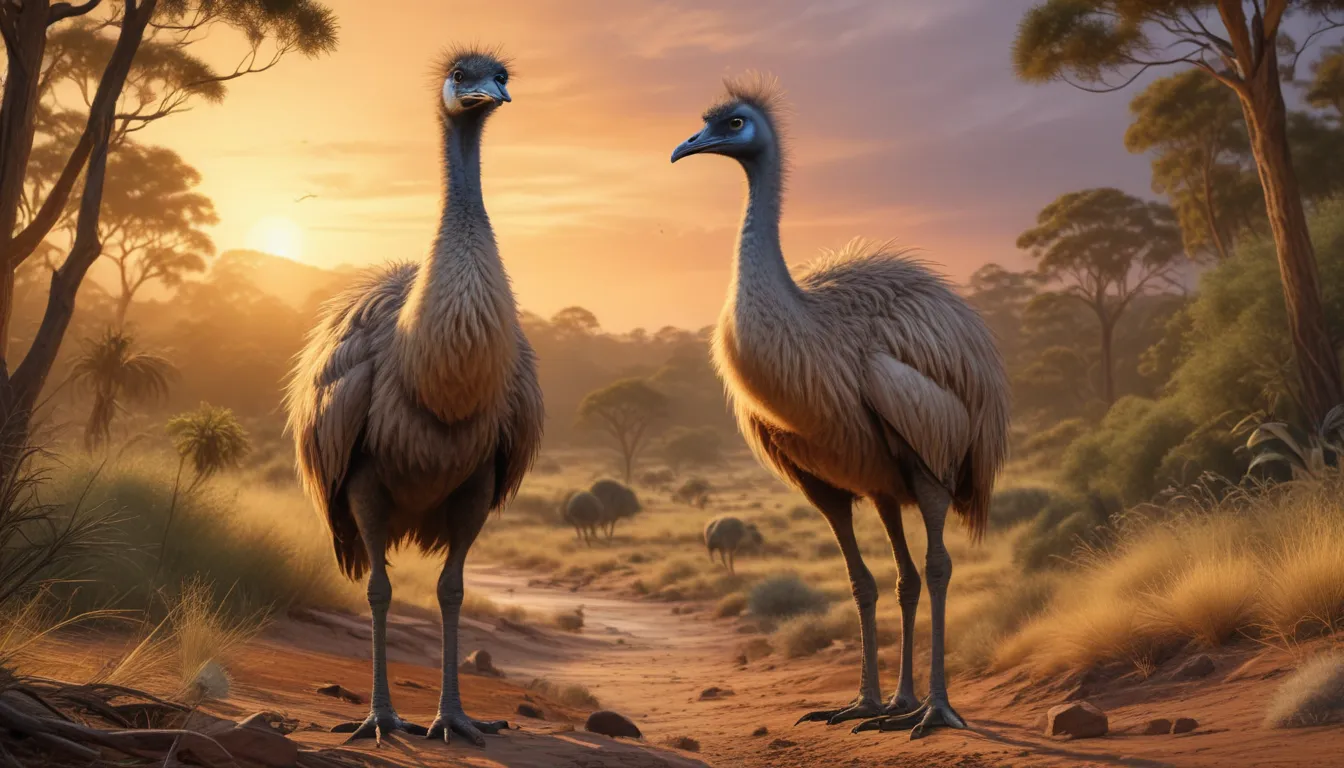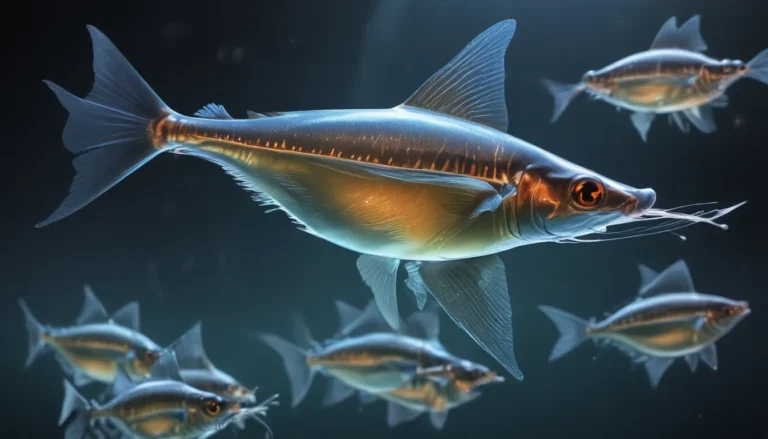The pictures we use in our articles might not show exactly what the words say. We choose these pictures to make you interested in reading more. The pictures work together with the words but don’t take their place. The words still tell you the important facts.
Emus, with their tall stature, unique appearance, and intriguing behaviors, have piqued the interest of animal lovers and researchers alike. Native to Australia, these flightless birds are not only visually striking but also possess a wealth of knowledge and intrigue that sets them apart from other creatures. In this article, we will delve into 13 captivating facts about emus that will deepen your understanding and appreciation for these remarkable birds.
Unveiling the Enigmatic Emu: Key Insights
- Emus, as fascinating birds native to Australia, are known for their distinctive appearance, diverse diet, and significant role in indigenous culture. They are the second-largest living bird globally and contribute significantly to ecosystem function through seed dispersal.
- Male Emus display a unique breeding behavior where they take on the responsibility of incubating the eggs. With a rapid growth rate that sees them reach adult size within 5 to 6 months, emus hold immense cultural importance in indigenous Australian communities.
The Emu’s Magnificent Stature
The Emu, scientifically known as Dromaius novaehollandiae, stands tall as the second-largest bird worldwide in terms of height. With an average height of approximately 6 feet (1.8 meters), these flightless birds command attention with their impressive physical presence.
Emus: Indigenous Australian Natives
Native to Australia, emus can be found inhabiting a variety of environments, from woodlands and forests to grasslands and open plains. These iconic birds are a common sight across various regions of the country, showcasing their adaptability to diverse habitats.
Adaptations for Survival in Harsh Environments
Emus have evolved unique adaptations to thrive in the challenging conditions of the Australian outback. Their long legs enable them to cover long distances in search of sustenance, while their resilient bodies can withstand extreme temperatures, reflecting their remarkable survival strategies.
The Distinctive Appearance of Emus
Characterized by their long necks, small heads, and large, soft-feathered bodies, emus have a striking visual presence. Their robust, muscular legs empower them to run at impressive speeds of up to 30 miles per hour (48 kilometers per hour), showcasing their physical prowess.
Role Reversal in Breeding Behavior
In a captivating display of role reversal, male emus take on the task of incubating the eggs, while females move on to mate with other partners. This unique behavior highlights the complexities of emu reproductive strategies and adds to the intrigue surrounding their social dynamics.
Omnivorous Appetites
Emus possess a versatile diet, feasting on a mix of plants, insects, small mammals, reptiles, and even other birds' eggs. Their specialized digestive system allows them to extract nutrients from a wide array of food sources, showcasing their adaptability as omnivorous foragers.
Vocalizations and Communications
Emus are known for their distinct vocalizations, including deep drumming and booming sounds, particularly during the breeding season. These vocal displays are utilized for mating purposes, territorial marking, and communication, illustrating the complexity of emu social interactions.
Captivating Courtship Displays
During the breeding season, male emus engage in elaborate courtship displays to attract females, involving puffing up their feathers, elongating their necks, and emitting various vocalizations. These intricate displays underscore the importance of courtship rituals in emu mating dynamics.
Large and Colorful Emu Eggs
Emu eggs rank among the largest of any bird species, measuring approximately 13 centimeters in diameter. Adorned in a dark green hue, these eggs serve as a visual marvel in the emu nesting environment, blending seamlessly with their surroundings.
Rapid Growth and Development
Emu chicks emerge from their eggs after about 8 weeks of incubation, embarking on a journey of rapid growth. Within a mere 5 to 6 months, these young emus achieve adult size, showcasing their remarkable developmental pace in the avian world.
Cultural Significance of Emus
Emus hold immense cultural value in indigenous Australian communities, featuring prominently in Aboriginal stories, songs, and artwork. Symbolizing resilience and adaptability, these birds embody important cultural narratives that reflect the deep connection between humans and nature.
Ecological Importance of Emus
As herbivores, emus play a crucial role in seed dispersal within their ecosystems. By consuming fruits, seeds, and plant material, emus aid in spreading seeds across various landscapes, contributing to the biodiversity and regeneration of plant communities.
Conclusion: Celebrating the Wonders of Emus
In conclusion, emus stand out as captivating and enigmatic creatures that continue to inspire awe and curiosity in observers worldwide. From their physical prowess and breeding behaviors to their cultural significance and ecological contributions, these flightless birds offer a rich tapestry of fascinating attributes. As we unravel the mysteries of the animal kingdom, emus serve as a testament to the diverse and extraordinary life forms that inhabit our planet.
FAQ: Your Emu Queries Answered
- Q: How fast can emus run?
- A: Emus can reach speeds of up to 30 miles per hour, showcasing their remarkable agility.
- Q: Can emus fly?
- A: Emus are flightless birds, relying on their powerful legs for mobility and defense.
- Q: What do emus eat?
- A: Emus have an omnivorous diet, consuming plants, insects, and small vertebrates.
- Q: Are emus endangered?
- A: Emus are not currently endangered, but safeguarding their habitats is crucial for their long-term survival.
Emus, with their alluring characteristics and captivating behaviors, continue to captivate both researchers and enthusiasts. As we celebrate the wonders of these majestic birds, let us embrace the beauty and complexity of nature's creations, including the remarkable emus that grace the Australian landscape with their presence.






